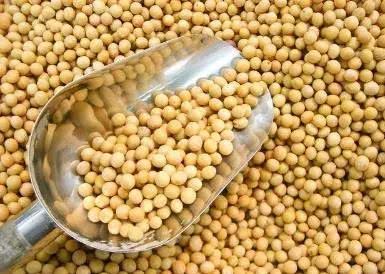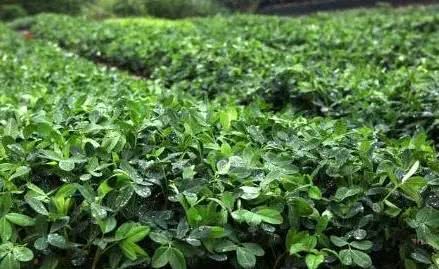Why hasn't this soybean variety been promoted with a yield of 280 kilograms per mu?

Recently, the yield of high-protein soybean variety "Heinong 84" cultivated in Heilongjiang Academy of Agricultural Sciences was tested, and the average yield per mu was 280 kg, more than twice the average yield per mu in Heilongjiang Province. Seeing such a report, I'm afraid many friends say that the output of this variety is really good, at least higher than that of my family. But what is it actually? We still need to accurately interpret such reports.
First of all, the yield measurement data here are experimental plots, not our ordinary fields! In the yield evaluation test, all the conditions are obtained under the conditions of good nutrition and good management conditions, but such conditions are not available in farmers' fields. the purpose of yield measurement data is only to give full play to the yield-increasing potential of new varieties under good environmental conditions. On the other hand, it is difficult for farmers to get the seed even if they buy it.
Second, the comparison of the data reported by the media is meaningless. In the experimental yield measurement, a small range is generally selected, such as Yuan Longping's hybrid rice yield measurement. if you read the media reports carefully, you will find that the yield measurement is usually limited to 10 mu and 100 mu, because the smaller the area, the easier it is to control the environment, and the bigger it is, the harder it is to control it at the best! It will be difficult to achieve better results.
As reported above, it is sent and selected to compare the soybean yield data of Heilongjiang province in a small range of yield measurement. We should know that the soybean yield reduced by drought and disease is also included in the statistics of soybean yield in Heilongjiang province, and even the area of no harvest soybean caused by environmental conditions is also calculated. So there is no point in such a comparison.
As far as the actual situation is concerned, the 280 kg per mu soybean yield data is still very eye-catching! For example, from the national soybean yield data published by the Ministry of Agriculture, the average yield per mu is only 120 kg, but if there is no disaster, the per unit yield of ordinary soybean is basically in the range of 400-500 jin per mu.
However, there is still a big gap between such data and the United States. The national statistical per unit yield of the United States has reached more than 200 kilograms, and if the average peasant household is managed properly, the per unit yield of soybean can basically reach more than 450 jin.
From this point of view, China's soybean is still in a backward position. While seeing the progress we have made, we can also pay attention to the position of the international environment in order to make some progress. We can't just see our own progress and be complacent. And from the way the domestic media reports, there are still many shortcomings. After reading such reports, it is easy to feel a little bit like sitting in the well and watching the sky.
The above comes from promoting agriculture through science.
- Prev

Pumpkin seedlings grow vigorously but do not bear pumpkins, which is worrying the growers.
Pumpkin is called Japanese melon on our side. Cooking and porridge are all very good ingredients. Pumpkins grow crazy but don't bear melons, what should I do? It reveals a lot of confusion among melon farmers-- how can pumpkins bear melons? But science promotes agriculture and believes that we are.
- Next

Paclobutrazol is often used in peanut control, but do you really use it correctly?
Paclobutrazol (paclobutrazol) is a kind of plant growth regulator commonly used in agricultural production. Because of its endotropy, its efficacy can be absorbed by roots, stems and leaves and regulate the growth of crops. However, attention should also be paid to the use of paclobutrazol.
Related
- Wuhan Hospital Iron Tree Blooming Result Was Instantly Frightened by the Gardener Master
- Which variety of camellia is the most fragrant and best? Which one do you like best?
- What is the small blue coat, the breeding methods and matters needing attention of the succulent plant
- Dormancy time and maintenance management of succulent plants during dormancy
- Minas succulent how to raise, Minas succulent plant pictures
- What are the varieties of winter succulent plants
- How to raise succulent plants in twelve rolls? let's take a look at some experience of breeding twelve rolls.
- Attention should be paid to water control for succulent plants during dormant period (winter and summer)
- Watering experience of twelve rolls of succulent plants
- Techniques for fertilizing succulent plants. An article will let you know how to fertilize succulent plants.

